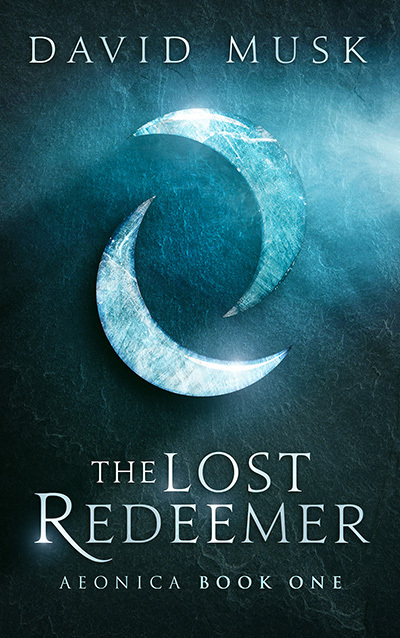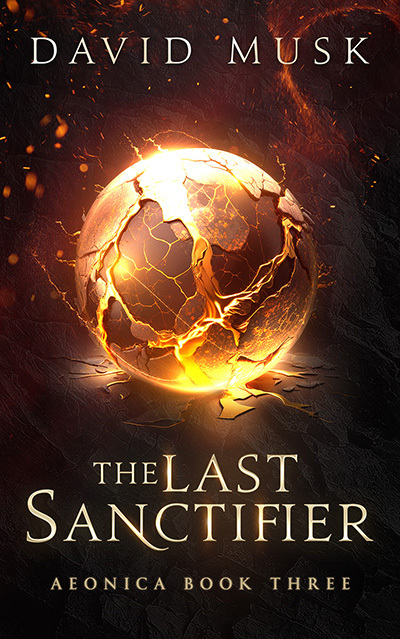Showing vs. Telling
March 26, 2020 · 6 minute read
“Show don’t tell” is a phrase that gets thrown around by writing teachers and editors alike. The good teachers actually take the time to explain what it means. The rest just repeat the phrase ad nauseam and assume you’ll figure it out somehow.
I didn’t understand this idea in high school or even college. I always thought, “You’re telling a story. Isn’t it all telling?”
But as I read more writing books, the meaning became clearer. And once I finally understood it, it made a huge difference in my writing.
Now, whenever I leave a review on Royal Road, the idea of showing vs. telling is something that inevitably comes up in the style section. By this point, I figured that I’ve given enough individual advice that I could compile it into a quick guide for everyone to see.
So, what’s the difference between showing and telling?
To make things as simple as possible: showing is something you can see in your mind’s eye. These things can be nouns (characters, objects, places) or verbs (actions)
If we have a phrase like this:
“Leah skipped down the street with a smile on her face.”
That’s showing the reader a character, an expression, a place, and an action. These things are all images we can see in our minds.
By contrast, we could re-word the sentence ike this:
“Leah was happy as she went toward the store."
It’s the same character doing the same things. But instead of concrete nouns and actions, we’re only getting information. As a writer, saying that "she’s happy" is spoon-feeding the reader facts about the character. The former example uses words like “skipped” and “smile” to communicate her emotional state. Those words give the readers a stronger mental image, letting them infer the meaning on their own.
Notice how “went” is also a much weaker verb than "skip". In a way, "went" communicates the same information. We know she's moving from one place to another, but it’s not something we can easily visualize. Is she walking? Running? In a car? On a bike? We don’t know.
Then there's the difference between "down the street" and "toward the store." Notice how the street is part of the current scene that our character inhabits. The 'store' is part of a future scene. For now, that future scene is just information that may or may not be relevant to us.
Word choice is only one example of showing vs. telling. Another good example is…
Filter Words
These are verbs that increase the narrative distance between the reader and the POV character. Common examples include: saw, heard, realized, felt, thought, wondered, believed, knew, hated, and liked. These words remind us that we’re reading a story. We’re being told about the characters rather than experiencing the world through their eyes.
For example:
1. “Bob heard a wolf howling." vs. "A wolf howled."
2. “I saw a rifle leaning against the door." vs. "A rifle leaned against the door."
3. “Leah smelled baking bread." vs "The scent of baking bread filled Leah's nostrils."
4. "I felt hungry." vs. "My mouth watered and my stomach started eating itself."
5. "My fingers felt cold." vs. "My fingers were numb and shaking."
See the difference? On the left, we’re being told about these characters. On the right, we’re seeing what they see—experiencing what they experience. We're deep in their heads with no boundaries between us.
Next up...
Emotion tells are when the writer labels the character’s emotions and spoon-feeds them to us. For example:
1. “Emma was happy.”
2. “John was angry.”
3. "Claire was grieving.”
4. "Bob was surprised."
Labeling emotions like this can damage your writing, much more so than the above examples. As a writer, you want readers to feel what your characters feel. It’s hard to care about when we’re just being told information about them. What’s more, there's no subtext for us as readers to figure out.
Instead, try showing the emotions through body language:
1. “Emma leaned against the door and hugged herself. She couldn’t keep the smile off her face.”
2. “John clenched his teeth and curled his hand into a fist. If he didn’t leave now, he was going to punch someone.”
3. "Claire broke into a cold sweat at the sight of the picture. Her eyes burned, and the room spun around her."
4. "Bob's eyes widened and he jumped a full foot in the air."
Notice how in the second examples, the emotions themselves are never labeled. Even so, the message is clearer than before. We have a mental image this time, and that’s the difference between showing and telling.
More examples
We've covered the basic senses and emotions, but what about those other filter words? How can we show that a character likes something or dislikes something? How can we show what a character is thinking, wondering, or realizing?
Here are some examples where we’re told a character’s thoughts:
1. "Mary stepped into a puddle. She wondered where it could have come from, considering it hadn’t rained all day."
2. "John liked Leah as more than a friend. He realized that if he didn’t tell her now, he would never get another chance."
3. "Leah hated bob’s shirt. She thought pink was a terrible color on him.”
To show these thoughts, we have a couple of options. For starters, we could put the characters' thoughts into italics to make them feel more immediate:
1. "Mary stepped into a puddle. Where did that come from? It hasn’t rained all day!”
2. “John held his breath as Leah rested her head on his shoulder. I have to tell her. It's now or never."
However, this isn’t a perfect solution, and it can get old quickly. It might work for the first two examples, but imagine it for example #3:
3. "I hate Bob’s shirt, Leah thought. Pink is a terrible color on him."
Italic thoughts carry a similar weight to dialog, and they need to be handled accordingly. As bad as Bob’s shirt might be, is it really worth so much mental effort on Leah’s part? Would she really take the time to label her own feelings in complete sentences? Besides, we still have all the same filter words as before (hate, thought) so we haven’t really solved anything.
For the third example, let’s save some page-space by working Leah’s thoughts directly into the narrative:
3. "Bob stumbled into the room wearing the most ridiculous shirt Leah had ever seen. Pink? Seriously? As if the rest of him wasn’t pink enough."
This goes back to the original definition of showing vs. telling: if something is shown, we can see it in our mind's eye. If something is told, it's just information.
We can't imagine Leah "hating a shirt" because hatred is just an abstract concept, so we're being told about it instead. We can, however, imagine a ridiculous shirt that blends in with Bob's skin.
Closing Notes
Telling isn’t always bad. Notice how my “good” examples have a certain level of intensity to them. If someone were to write an entire book this way, it might get exhausting to read. Also, while you normally want to avoid filter words, there are still situations where they fit the rhythm of your sentence better than any alternative.
Every author uses telling at some point, and that’s okay. It’s especially useful when you have to cover a lot of information quickly, or when you need to summarize a non-essential scene.
However, when you’re writing your next chapter, I'd encourage you to look out for the filter words and emotion tells I mentioned above. Try experimenting with more immersive words, see what works, and watch your writing improve!



